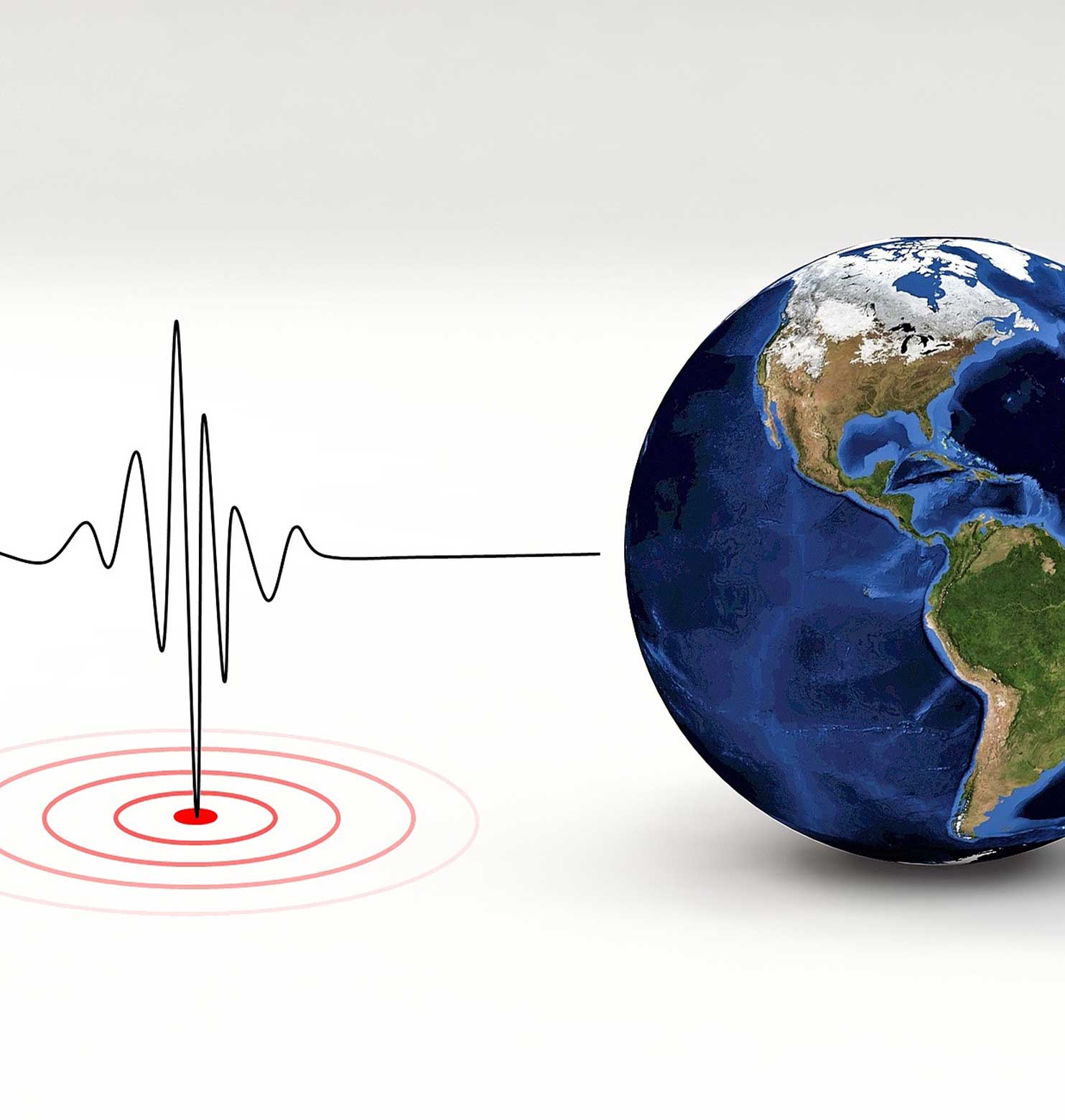Before:
- Attach all bookcases, cabinets, compressed gas cylinders and other furnishings to a wall or to the floor.
- Store all heavy items below head level.
- Restrain chemicals that are on open shelves with seismic retaining strips.
Inside:
- Stay away from windows and get under a desk or a table.
- Drop, cover and hold on.
- In a hallway, sit against the wall and protect your head with your arms.
- In an auditorium, duck between the rows of seats and protect your head.
- Take cover until the shaking stops, then evacuate the building and go to the nearest Emergency Assembly Point.
- See tab EVACUATION OF CAMPUS/BUILDINGS/PERSONS WITH FUNCTIONAL NEEDS for more information
Outside:
- Get to an open area away from trees, buildings, and power lines.
Vehicle:
- Pull to the side of the road away from underpasses, bridges and buildings.
- Remain in the vehicle until the shaking stops. Do not leave the vehicle if a power line has fallen on or near it.
Tsunami
Most of the UC Santa Barbara campus and surrounding areas should not be affected by a tsunami, except for the beach and lagoon areas. If you are in those areas, and you feel a strong earthquake, keep calm and quickly move to higher ground away from the coast. Do not use Hwy 217 to evacuate during a tsunami warning due to its low elevation.
Most tsunamis are formed by earthquakes that have occurred hundreds or even thousands of miles away, so several hours advanced warning will be provided to residents if these tsunamis will affect our coast. The exception to this is a strong local earthquake in the Santa Barbara Channel, which can generate a tsunami within minutes.
Witnesses have reported that an approaching tsunami is sometimes preceded by a noticeable fall or rise in the water level. If you see the ocean receding unusually rapidly, it’s a sign that a big wave is likely on its way. Go to high ground immediately.
